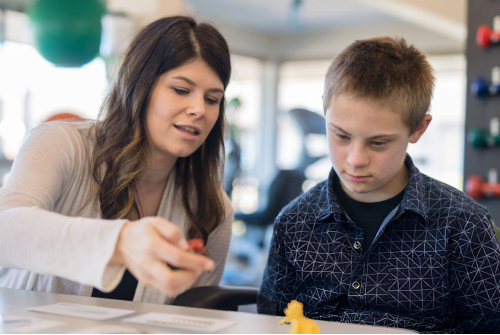
Autism Symptoms Checklist: Key Signs Every Parent Should Know
Autism, or autism spectrum disorder as it is more correctly known as, is a neurodevelopmental disorder that mainly affects an individual’s social, emotional and communication skills. Autism spectrum disorder symptoms can range from mild to severe, depending on where on the spectrum an individual falls.










